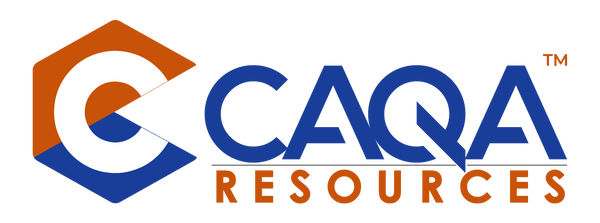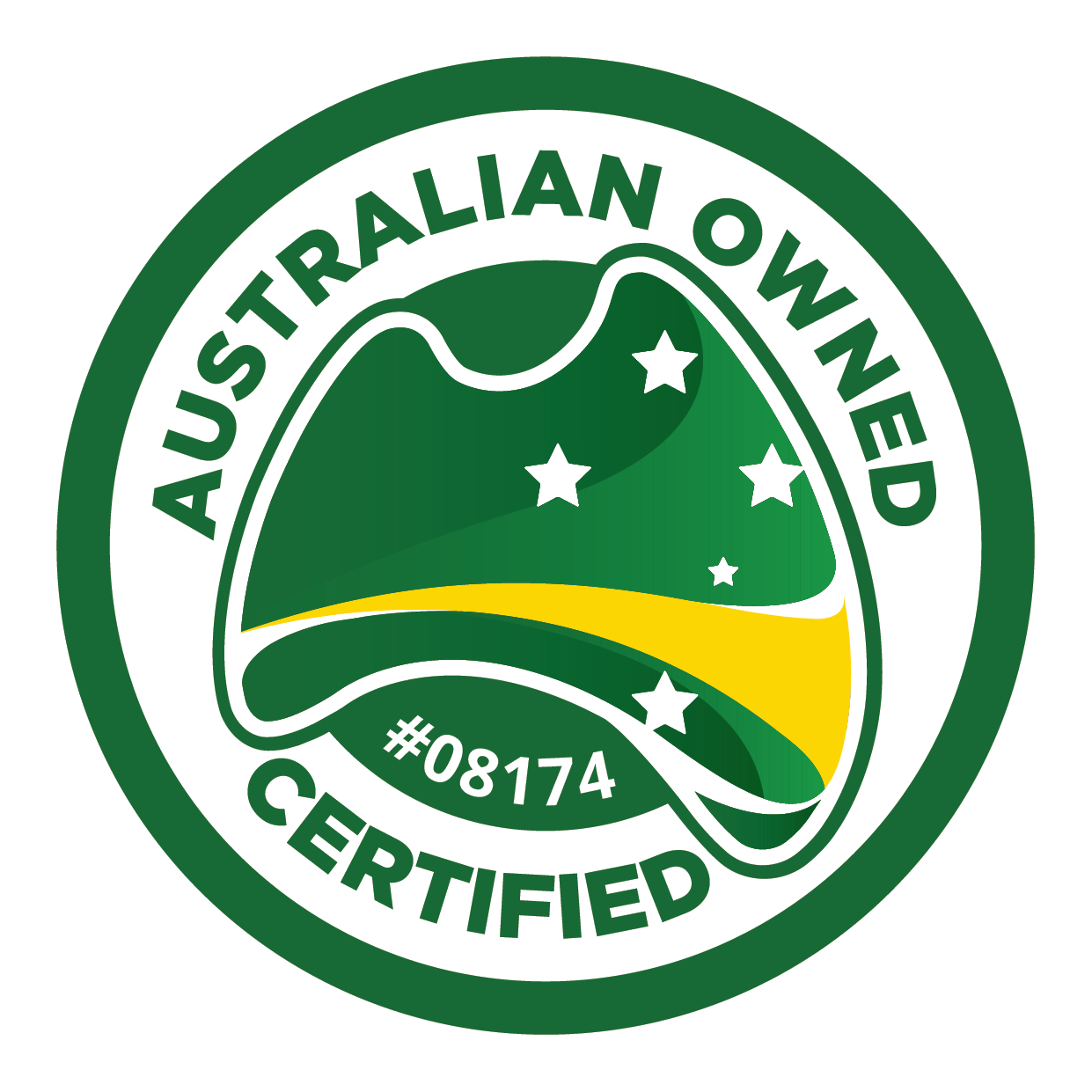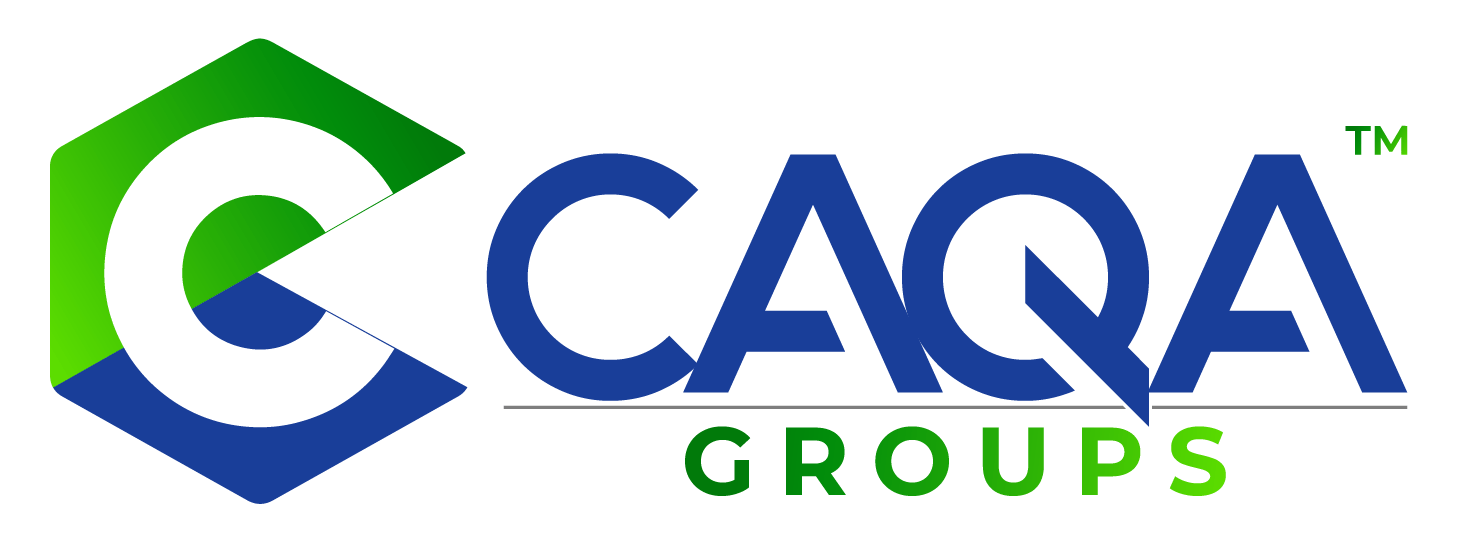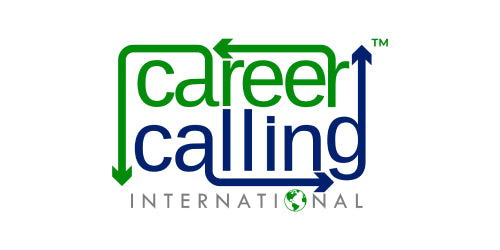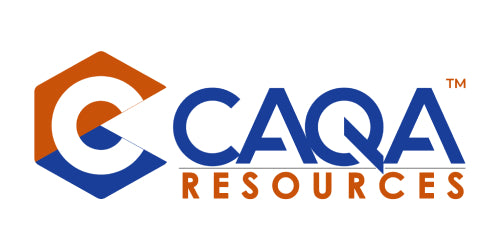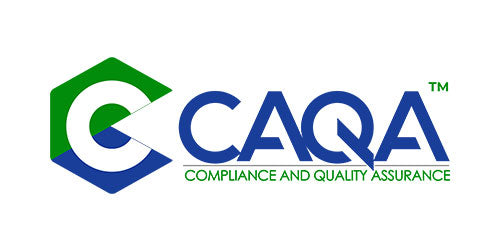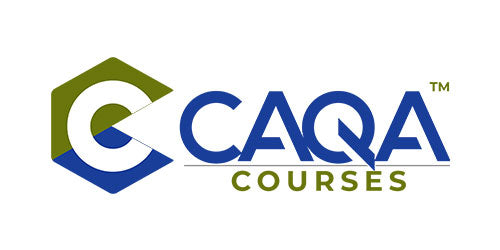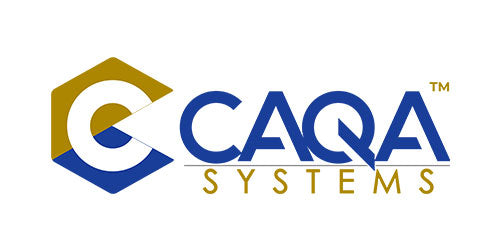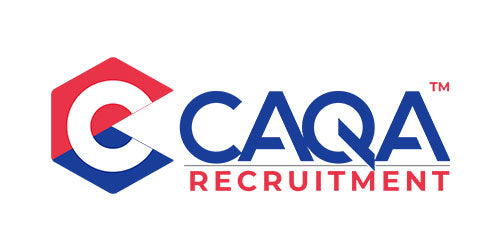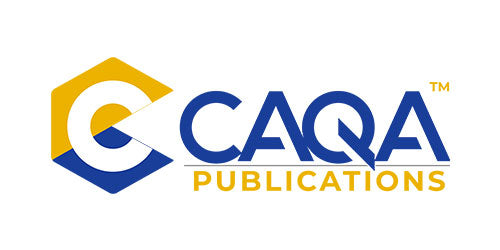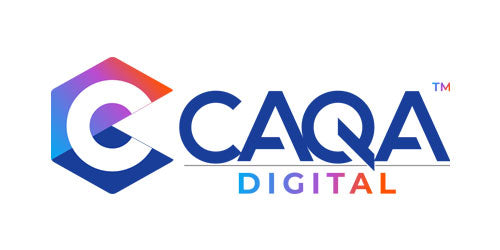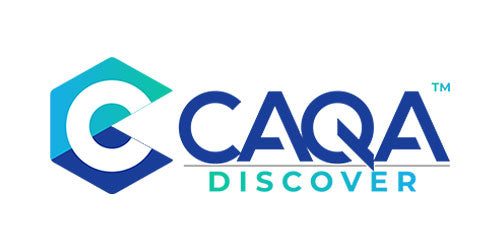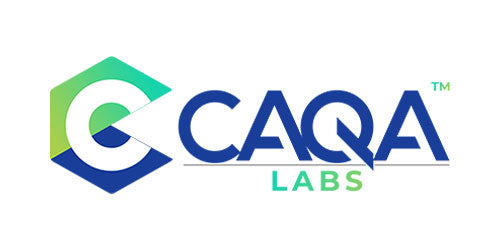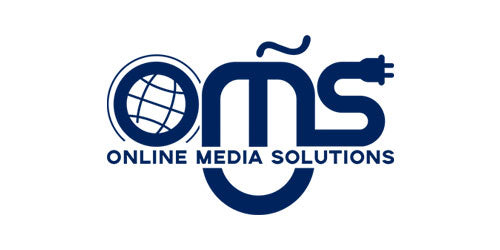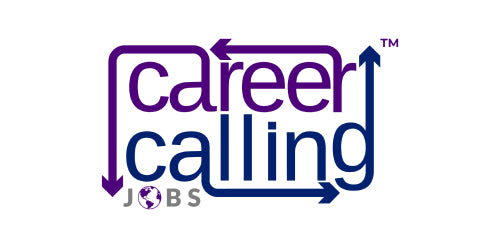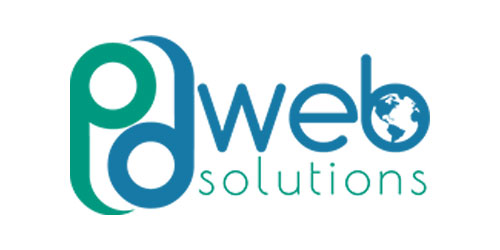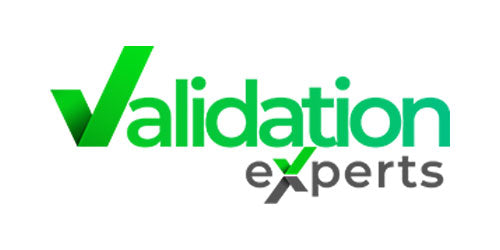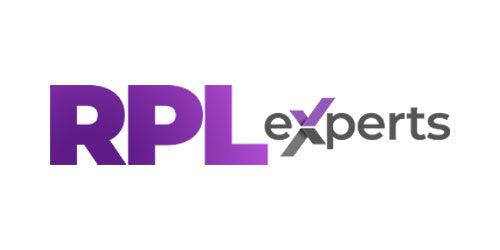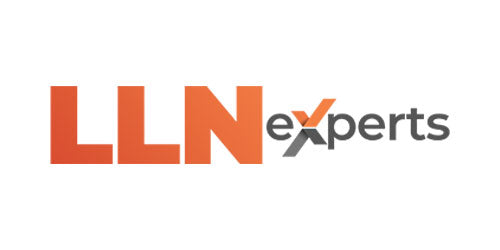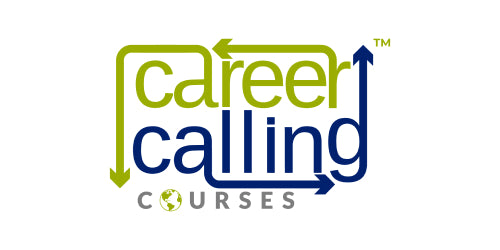Maintaining compliance in Australia’s Vocational Education and Training (VET) sector is both a continuous challenge and a critical responsibility for Registered Training Organisations (RTOs). Even minor lapses in compliance can quickly escalate into significant issues, threatening an RTO’s financial stability, operational status, and reputation for quality. With the recent shifts in the regulatory landscape, including revised Standards for RTOs, providers must adopt a proactive stance to uphold their obligations. This article outlines the key areas of focus that every RTO should monitor closely to avert non-compliance concerns and cultivate a culture of excellence and continual improvement.
The Continuous Nature of Compliance
In the dynamic world of vocational training, regulations are neither static nor lenient; they evolve to maintain high-quality education that meets the changing needs of industries, learners, and society at large. RTOs entrusted with equipping students with job-ready skills must remain consistently attentive to compliance. While compliance requirements might sometimes seem onerous, they ultimately serve to uphold integrity, ensure fairness for learners, and sustain Australia’s global standing in VET.
Non-compliance, whether through inadequate assessment practices or insufficiently skilled trainers, can not only prompt regulatory scrutiny but also compromise graduates’ employability. For learners, the cost is more than just financial; it can impact career trajectories and trust in the qualifications system. For RTOs, the fallout often includes reputational damage and potential de-registration. Consequently, staying ahead of compliance is not a box-ticking exercise but a strategic imperative. By strengthening key operational areas, RTOs can mitigate risks and foster long-term success.
Assessment Practices
Why Sound Assessment Matters
Assessment stands at the heart of vocational education, serving as the mechanism to confirm that learners have genuinely mastered the required competencies. When assessment practices falter—either by insufficient rigour or poor alignment with training package requirements—the validity of the awarded qualification comes into question. This creates a ripple effect, undermining confidence in the entire system.
Developing Clear Assessment Guidelines
A robust assessment framework begins with clear assessment guidelines. These guidelines must explicitly link tasks to the performance criteria and elements outlined in relevant training packages. RTOs should ensure these instructions include details on how to carry out assessments, the evidence that learners need to provide, and the conditions under which the tasks are undertaken. By being transparent about what success looks like, RTOs give both assessors and learners a fair roadmap to follow.
Regularly Reviewing Assessment Tools
In a rapidly shifting industry, tools that once measured competency effectively can soon become outdated. It’s crucial to regularly review and update assessment tools to maintain relevance. For example, if a course targets new digital technologies in the IT sector, older assessment tasks might lack references to the latest software or processes. Through consistent feedback from learners, trainers, and industry partners, RTOs can refine these tools, ensuring they continue to reflect authentic workplace demands.
Internal Audits of Assessment Processes
An internal audit system that focuses on assessment processes is pivotal. By examining completed assessment tasks, RTOs can check if the collected evidence truly meets all competency requirements. Auditors should verify aspects such as consistency, reliability, authenticity, and currency of evidence. If an audit reveals shortfalls—like multiple versions of an assessment tool circulating—remedial measures (including staff training or tool standardisation) can be swiftly implemented before these discrepancies become systemic.
Validity, Reliability, and Industry Relevance
The three cornerstones of quality assessment are validity, reliability, and industry alignment. Valid assessments measure the competencies they claim to measure, reliable ones yield consistent results regardless of who is conducting them, and those with industry relevance reflect contemporary job functions. Neglecting any of these dimensions can lead to non-compliance findings, especially if external regulators observe that tasks are theoretically correct but not indicative of real-world job requirements.
Trainer and Assessor Competence
Verifying Qualifications and Vocational Competencies
Trainer and assessor competence has long been a top priority for regulators. RTOs must ensure that all trainers and assessors not only possess the mandated credentials (like the TAE qualification) but also hold relevant vocational competencies. For instance, a trainer delivering a Certificate III in Hospitality should possess both the relevant training qualification and robust industry experience in hospitality. Failing to confirm either factor can lead to non-compliance, as regulators frequently audit staff records and professional backgrounds.
Ongoing Professional Development Programs
Competence must be sustained, not just proven once. Encouraging staff to engage in ongoing professional development—ranging from industry secondments to seminars and academic courses—ensures that trainers remain current. This particularly matters in sectors undergoing rapid technological or procedural changes, such as health, engineering, or information technology. By allocating resources to professional growth, RTOs secure a workforce that can confidently convey up-to-date knowledge, which, in turn, upholds compliance and learner outcomes.
Maintaining Records of Industry Engagement
Demonstrating that trainers stay relevant also involves showing formal ties to the industry. This might include membership in professional bodies, attendance at trade fairs, or direct collaboration in workplace training. By documenting these connections, RTOs substantiate that staff remain connected to the practical aspects of the vocation they teach. Regulators often request evidence of such industry engagement, and insufficient proof can expose an RTO to sanctions.
Record Keeping
The Critical Role of Accurate Records
In the VET sector, proper record keeping is more than an administrative formality; it’s foundational to preserving an RTO’s historical data on student enrollment, progress, and outcomes. When records are incomplete or haphazard, verifying compliance becomes challenging for auditors. Worse, it can hinder learners who require proof of their qualifications or those transferring between courses.
Implementing Robust Digital Systems
While some smaller RTOs may rely on manual processes, digital systems help streamline and safeguard records. A robust digital database can integrate student enrollment, assessment results, staff qualifications, and financial details in one platform, simplifying internal audits. Additionally, digital backups reduce the risk of catastrophic data loss. RTO managers can ensure each record is retrievable and verifiable through well-structured naming conventions, version controls, and user-access logs.
Conducting Regular Audits and Training Staff
Even the best systems are only as good as the staff who use them. Routine internal audits of the record-keeping process can pinpoint missing documents, duplicated files, or inaccurate data entries. Meanwhile, training staff in correct procedures—like naming records, archiving them systematically, and abiding by data protection rules—helps maintain clarity and consistency. A culture of accountability fosters vigilant record management, significantly reducing the chances of non-compliance findings during external reviews.
Marketing and Recruitment Practices
Why Accurate Marketing Matters
Marketing shapes learners’ first impressions of an RTO. Misleading or overly ambitious advertisements can cause serious compliance headaches. According to the Standards for RTOs, promotional materials must be accurate, transparent, and reflective of real offerings and outcomes. For example, guaranteeing guaranteed jobs or exaggerating a course’s scope can invite swift regulatory action if those claims prove unsubstantiated.
Implementing an Approval Process for Marketing Materials
A structured internal review process helps ward off marketing missteps. Before a new flyer, website update, or social media post is published, it should be vetted by a compliance officer or marketing manager knowledgeable about the relevant guidelines. This extra layer of scrutiny can catch problematic wording, unapproved brand usage, or out-of-date course details that might mislead potential learners.
Regularly Updating Marketing Content
Courses evolve over time, and so do the conditions under which they’re delivered. If the RTO modifies an assessment approach or adds new units, marketing channels must reflect those shifts. Proactive updating prevents outdated content from being circulated, which can lead to confusion among prospective students who expect one set of conditions but face another. Aligning marketing with the most current policies and practices is essential to remain transparent and compliant.
Financial Viability
Linking Financial Health to Compliance
Financially stable RTOs are more likely to deliver consistent, high-quality education. If an RTO struggles to remain viable, corners might be cut in areas such as staffing, resources, or learner support, eventually triggering compliance breaches. Thus, financial viability is not just a matter of balancing the books; it’s a recognised aspect of safeguarding the learner experience.
Conducting Regular Reviews and Audits
To keep finances on track, RTOs should engage in periodic audits, ensuring they can meet both short-term and long-term obligations. These audits include analysing revenue sources, operational costs, and contingency funds. By spotting potential vulnerabilities (like dependency on one large contract or declining enrollments in a key program), management can take corrective measures early.
Professional Financial Advice
When internal expertise is lacking or the RTO faces complex financial decisions, seeking professional advice is recommended. This might involve employing accountants experienced in the education sector or consulting financial specialists who can design robust budgeting strategies. Adequate financial planning fosters stability, reducing last-minute cutbacks that might harm training quality or compliance with relevant standards.
Learner Support Services
The Centrality of Learner Support
In modern vocational education, providing thorough learner support services is increasingly integral to compliance. Many regulatory frameworks highlight an RTO’s responsibility to supply relevant orientation, academic counselling, or additional resources so that each student can achieve their best outcomes. If learners struggle due to a lack of guidance or inaccessible training materials, the RTO’s compliance and learner retention rates can suffer.
Tailoring Support to Diverse Needs
Learners arrive with distinct backgrounds, language proficiencies, and levels of prior knowledge. An RTO that invests in varied support—language, literacy, and numeracy (LLN) assistance, time management workshops, and mental health resources—demonstrates robust compliance and fosters better engagement. Even simple steps, like comprehensive orientation sessions or peer mentoring programs, can drastically improve the learner experience, subsequently reflecting well on the RTO’s compliance record.
Soliciting Feedback for Ongoing Improvement
Amid daily operations, it’s easy to overlook gaps in support. By actively collecting feedback from students—through surveys, focus groups, or one-on-one interviews—RTOs can uncover unanticipated problems. These might include inadequate library resources, confusing web portals, or a shortage of staff available for academic consultations. Addressing these promptly not only benefits learners but also strengthens the RTO’s compliance posture.
Validation Processes
The Purpose of Validation
Validation ensures that assessment tools and methodologies legitimately measure the intended skills and knowledge. Regulators often scrutinise how systematically an RTO conducts validation to confirm that the RTO’s approach to competency testing is reliable, robust, and industry-driven. By validating tasks, RTOs verify that learners’ final results accurately reflect their abilities.
Planning Validation Cycles
A formal validation schedule prevents this critical process from becoming ad hoc. Commonly, RTOs set a multi-year plan, making sure each unit of competency goes through scrutiny at least once within a defined timeframe. Through these cycles, RTOs can rectify any identified inconsistencies—like an assessment question that aligns poorly with the relevant performance criteria.
Engaging Industry Experts
One hallmark of effective validation is the involvement of industry experts, whether external or among the RTO’s own staff, with current workplace experience. Their input ensures the tasks remain relevant to current job roles and workplace technology. By incorporating real-world scenarios in validation discussions, the RTO demonstrates that it is genuinely measuring workplace-ready competencies, reinforcing compliance and boosting graduate outcomes.
Systematic Monitoring and Continuous Improvement
The Importance of Systematic Oversight
Clause 2.2 of the Standards for RTOs 2015 mandates the systematic monitoring of training and assessment strategies. This clause underscores the notion that compliance is not a static target but a moving one. As soon as external conditions or internal processes shift, RTOs must reevaluate their strategies to align with fresh expectations.
Evaluating and Improving Strategies
RTO managers often rely on data derived from quality indicators (like course completion rates or employer satisfaction surveys), validation feedback, and staff input. By periodically reviewing these factors, the RTO can identify areas that need remodelling—perhaps a module that learners find overly complex or a training method lacking tangible engagement. The outcome of these evaluations shapes subsequent improvements, ensuring training remains aligned with best practices.
Embracing a Culture of Quality
The real value of systematic monitoring is that it habituates staff to a culture of quality improvement. Trainers, assessors, and administrators begin to recognise compliance as an ongoing cycle rather than a one-off endeavour. By adopting this mindset, RTOs nurture an environment where staff proactively share new ideas, highlight inefficiencies, and remain receptive to changes that elevate outcomes for both learners and employers.
Third-Party Arrangements
Identifying Risks in Third-Party Services
Many RTOs lean on third-party arrangements for delivering certain aspects of the training or recruitment, whether it’s subcontracted trainers or marketing agencies. Although these partnerships can broaden reach and expertise, they also introduce extra layers of compliance risk. If a third party fails to meet the required standards, the RTO can still be held accountable for the shortfall.
Maintaining Written Agreements
A foundational step in managing third-party relationships is drafting explicit written agreements that clearly define responsibilities, expectations, and deliverables. Regular reviews of these contracts guard against outdated service conditions. This clarity also ensures each party understands the compliance obligations, from how marketing must be worded to how training sessions must be documented and reported.
Systematic Monitoring of Third Parties
Merely having a contract is insufficient if the RTO never checks whether third-party activities meet established guidelines. Effective monitoring might incorporate performance reviews, site visits, or requesting sample assessment records. When any issues emerge—like marketing that misrepresents course outcomes—the RTO should intervene swiftly, correct them, and document remedial actions. Maintaining this evidence showcases strong governance to external regulators.
Regulatory Updates and Compliance
Staying Informed about ASQA Requirements
In a sector where regulations frequently evolve, ignorance is not an acceptable defence. RTO managers must remain vigilant about new announcements or policy clarifications, especially those published by the Australian Skills Quality Authority (ASQA). Subscribing to official newsletters, regularly visiting the ASQA website, or attending relevant conferences can help RTOs preempt shifts that could affect compliance.
Regularly Reviewing and Updating Policies
Whenever regulatory changes or new guidelines surface, it’s essential for RTOs to align their internal policies with them. For instance, if an amendment outlines new data-collection rules for student attendance, the RTO’s data management processes must incorporate these instructions promptly. By revising policies and thoroughly documenting each alteration, RTOs safeguard themselves from inadvertent infractions.
Staff Training on New Requirements
After updating policies, RTOs should ensure all staff members understand the implications. Briefing trainers, assessors, or administrative personnel fosters a unified approach. If confusion lingers among staff, inconsistencies in practice can quickly surface, leaving the RTO vulnerable to potential non-compliance findings. By hosting internal workshops or distributing FAQs on policy revisions, leadership can clarify any uncertain points well before external audits occur.
Internal Audits and Self-Assessment
The Value of Regular Internal Audits
Internal audits serve as a crucial checkpoint in the compliance landscape, offering RTOs insight into how effectively they meet every standard. By scheduling internal checks—quarterly, biannually, or annually—RTOs can discover minor oversights early and rectify them without attracting external intervention. Additionally, consistent audits confirm that the RTO’s processes remain stable over time.
Using Self-Assessment Tools
ASQA and other bodies provide self-assessment tools designed to facilitate thorough compliance checks. These tools typically walk through each clause of the Standards, prompting RTOs to gather relevant evidence. By employing these structured tools, RTOs impose a methodical approach to their review, ensuring they neither miss essential standards nor rely solely on hunches about compliance.
Addressing Identified Issues Promptly
Once an internal audit reveals a weakness, immediate and transparent action is crucial. Procrastinating or applying superficial fixes can cause the same problem to resurface in future inspections. A robust approach includes analysing the root cause, instituting specific solutions (whether retraining staff, updating materials, or revising policies), and re-auditing to confirm that the fix is effective.
Proactive Measures for a Compliant Future
Running a compliant RTO in Australia demands a broad, proactive strategy that encompasses everything from well-structured assessment processes to accurate marketing and financial soundness. The cost of overlooking compliance can be steep: lost credibility, learner dissatisfaction, and potential regulatory penalties. Yet, by systematically monitoring the core areas spelled out in this article—assessment, trainer competence, record keeping, marketing, financial viability, learner support, validation, systematic evaluation, third-party oversight, regulatory updates, and robust self-assessment—RTOs can minimise the risk of non-compliance while upholding educational excellence.
Compliance isn’t merely about passing audits or meeting legal obligations. It also stands as a testament to an RTO’s commitment to ethical practice and learner success, reinforcing the significance of vocational education in Australia’s workforce development. Providers that invest in a deep-rooted culture of continuous improvement and collaboration often find that compliance becomes a natural extension of their everyday operations, yielding enduring benefits for learners, employers, and the broader community.
Frequently Asked Questions (FAQs)
1. Why is assessment quality so crucial to overall RTO compliance?
Assessment is the foundation of competency-based education. If assessment tasks or tools are poorly aligned with training package requirements, the integrity of issued qualifications is questioned. This can lead to non-compliance findings and diminished trust from both learners and the industry.
2. How can RTOs ensure their trainers and assessors maintain industry-relevant skills?
Encourage ongoing professional development and formalise documentation of each staff member’s engagement with industry (e.g., membership in professional bodies, periodic secondments, or conference attendance). This provides evidence that trainers possess up-to-date knowledge and practical experience.
3. What are some best practices for record-keeping?
Adopt a digital system that organises and secures all key documents—such as enrollment forms, assessment evidence, and staff qualifications. Conduct frequent internal audits to ensure consistent data entry and timely updates, and train staff in how to label, file, and retrieve records accurately.
4. Why do marketing and recruitment activities pose compliance risks?
Marketing represents the public face of an RTO, and misrepresentations or inaccuracies can lead to false expectations among learners. This is taken seriously by regulators, who require transparent, truthful promotion of courses, outcomes, and fees to protect students from misleading claims.
5. How does financial viability connect to compliance?
Financial stability ensures an RTO can provide adequate resources—qualified trainers, updated facilities, and robust support services—throughout the learner’s study period. When finances are precarious, corners might be cut, increasing the risk of compromised teaching and subsequent non-compliance.
6. What kind of learner support typically satisfies compliance requirements?
RTOs should offer a range of services, like LLN support, counselling, career guidance, and accessible materials for learners with disabilities. Regulators want evidence that the RTO identifies each learner’s needs and acts to remove barriers, ensuring learners have a fair opportunity to succeed.
7. How often should validation take place, and who should be involved?
A cyclical validation plan ensures each course or unit is checked within a set timeframe, usually spanning one to five years. Industry experts, external evaluators, and RTO assessors collaborate to confirm that tasks remain relevant, valid, and reflective of current job roles.
8. What does systematic monitoring and continuous improvement look like in practice?
It encompasses routines for collecting data (e.g., completion rates, feedback), analysing that data to spot improvement areas, and revising strategies or resources accordingly. This iterative cycle ensures the RTO remains adaptive, consistently raising the quality of training.
9. Why are third-party arrangements a potential compliance concern?
When an RTO outsources services—like marketing or particular units of training—the RTO itself remains responsible for compliance. If the external partner breaches regulations, the RTO can face repercussions. That’s why clear agreements and vigilant oversight are essential.
10. How can RTOs remain up-to-date with changes in ASQA requirements or the VET sector at large?
Regularly checking official ASQA announcements, subscribing to relevant newsletters, and participating in sector-specific forums or conferences helps. Furthermore, staff training or briefings ensure that any policy or legislative updates are swiftly interpreted and integrated into everyday RTO processes.
By consistently addressing these frequently asked questions and focusing on the highlighted areas—assessment, trainer competence, record keeping, marketing, financial viability, learner support, validation, systematic monitoring, third-party supervision, regulatory awareness, and internal audits—RTOs can mitigate non-compliance pitfalls. Through perseverance, attentiveness, and continuous improvement, RTOs can forge a robust foundation that sustains compliance, elevates learner outcomes, and preserves the sector’s overarching integrity.









